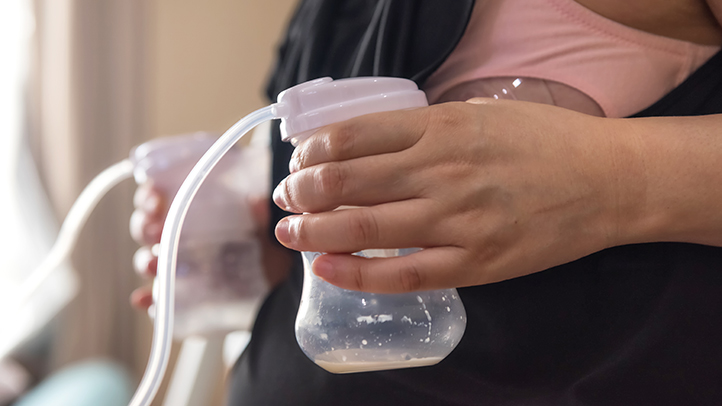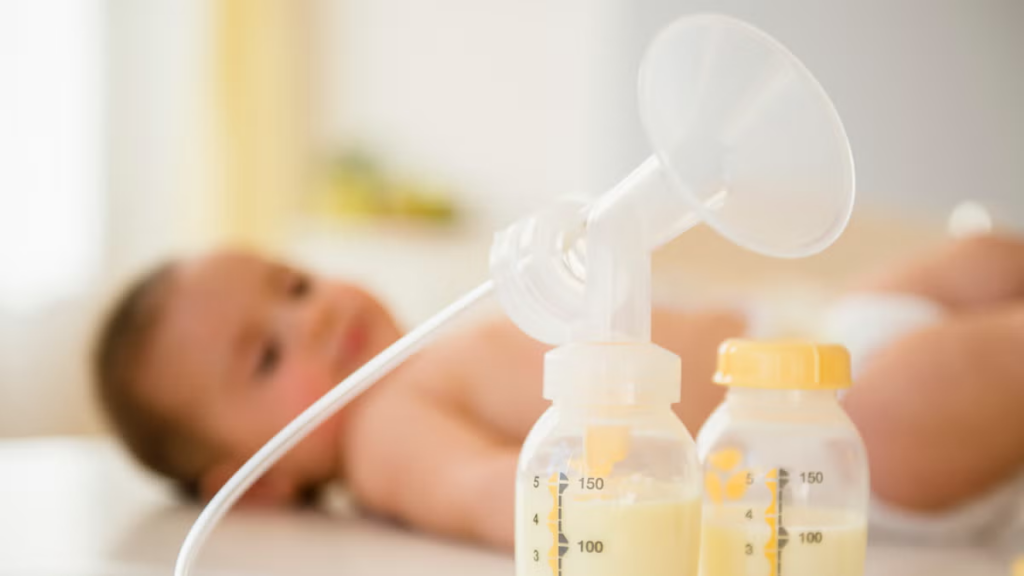When you think of the preventative care services your health insurance provides, you may immediately think of things like no-cost annual physicals or mammograms. However, one valuable benefit that often goes unnoticed is the provision of a breast pump.

Content
Does Health Insurance Cover a Free Breast Pump?
Since the passage of the Affordable Care Act (ACA), health insurers are required to cover breastfeeding support, including providing breast pumps, as part of preventive care. This law aims to help mothers provide the best nourishment for their babies—breast milk—without additional financial burden.
However, there are some caveats. While the ACA mandates that insurers cover breastfeeding equipment, the specifics of coverage can vary by plan. Some insurance plans may cover hospital-grade pumps, others may exclude them, and some may only offer the option to rent rather than purchase a pump.
Additionally, there are other conditions that may need to be met. You may be required to obtain the pump from specific suppliers, or you may need to provide a prescription from your doctor. Furthermore, if your employer offers a “grandfathered” insurance plan (which about 20% of employers still do), your plan may not be required to cover a breast pump at all.
Despite these hurdles, securing a free breast pump through insurance is worthwhile. A quality pump is an essential tool for meeting breastfeeding goals, and can make it easier for you to continue breastfeeding after returning to work or school. This benefit can significantly impact both your health and your baby’s, making it a crucial preventive service.
How to Get a Breast Pump Through Your Health Insurance
To ensure your insurance covers the cost of a breast pump, follow these four steps:
1. Contact Your Insurance Provider
Start by calling your insurance provider to inquire about coverage for a personal-use breast pump.
2. Ask the Right Questions
Once you’re on the phone with your insurer, ask these important questions:
- Does my plan cover the cost of purchasing or renting a breast pump?
- Is there any cost-sharing required for the breast pump, or will it be fully covered?
- Do I need a doctor’s prescription to obtain a pump? If so, how should it be submitted?
- What types of pumps are covered? Ideally, you’ll want a double-electric pump, which is more efficient because it allows you to pump both breasts at once. Double-electric pumps are typically covered by most insurance plans.
- Are there specific vendors or suppliers from which I must obtain the pump? Some insurers require you to purchase your pump from a designated medical supply company or supplier. Make sure to clarify this with your insurance provider.
If you are enrolled in Medicaid, contact your Medicaid provider directly to determine coverage options. If Medicaid cannot provide a breast pump, you may be able to obtain one through the WIC program, which helps low-income women, infants, and children access essential health services and nutrition.
3. Obtain a Prescription From Your Doctor
If your insurance requires a prescription, ask your doctor to write one for you. The prescription may need to include a specific diagnosis if there’s a medical reason for needing the pump, such as if your baby was born prematurely or has difficulty breastfeeding. The prescription should include the appropriate code for the pump you need:
- “EO603, standard electric breast pump” for a standard personal-use pump.
- “EO604, hospital-grade pump rental” if you require a hospital-grade pump.
4. Submit the Prescription to Your Insurance Provider
Once you have the prescription, follow the steps outlined by your insurance plan to submit it. Follow up if necessary and ask for an estimated delivery time for the pump.

What If Your Health Insurance Doesn’t Cover a Free Breast Pump?
If your insurer does not typically cover the cost of a breast pump—such as in the case of a grandfathered plan—you may still be able to receive one if you have a medical need. For example, if your baby is born prematurely or has a medical condition that makes breastfeeding difficult, or if you have insufficient milk supply, you might be able to obtain a breast pump with a doctor’s note or prescription stating that an electric pump is medically necessary.
In these cases, the insurer may be willing to make an exception and provide the pump. Be sure to speak with your insurance provider to explore your options.
Conclusion
Securing a breast pump through your health insurance is a valuable benefit that can support your breastfeeding goals, improve your health, and provide your baby with the best nutrition possible. While the process can involve a few steps, knowing what to expect can help you navigate it more easily. Contact your insurer, ask the right questions, and ensure that your doctor provides the necessary documentation to help you get the breast pump you need.

Helen Bradley is a health blogger and the founder of her own blog about fitness. She has been blogging for three years now and loves to share what she learns with others. Helen enjoys reading, cooking, and staying active outdoors.











